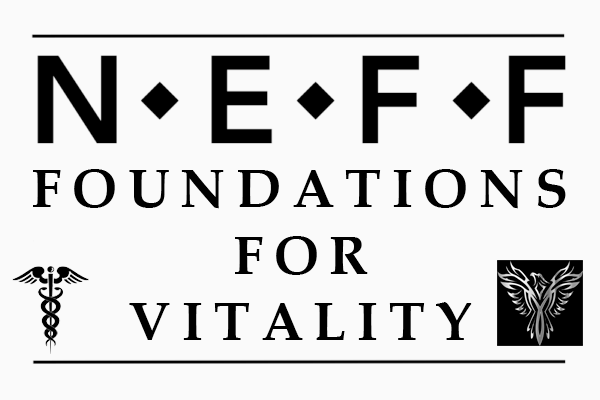Let’s start with an image: you’re carrying a backpack. But instead of snacks, water, and a map, it’s stuffed with rocks. Each rock represents something you’re holding onto—a grudge against a friend, guilt over a mistake, regret about an opportunity missed. The longer you carry this backpack, the heavier it feels. Exhausting, right? But here’s the wild part: no one is forcing you to carry it. You can take it off anytime. The question is, could you let it go?
Why We Hold On
First, let’s understand why we’re so attached to the metaphorical rocks. Sometimes, it’s a sense of justice. If someone wronged you, holding onto that anger can feel like you’re keeping the scales balanced. Other times, it’s fear. Letting go might mean facing the unknown, forgiving ourselves, or admitting that what’s done is done. Then there’s habit—we’ve carried these rocks for so long that we don’t even realize they’re there.
But here’s the thing: holding onto these weights doesn’t hurt the people who wronged you. It doesn’t change the past. It just wears you down. Letting go isn’t about giving up; it’s about lightening your load.
The Cost of Holding On
Imagine trying to run a marathon with that rock-filled backpack. Life is the same. When we hold onto anger, guilt, or regret, it drains our energy. Studies show that chronic stress—which often comes from unresolved emotions—can lead to physical problems like headaches, high blood pressure, and even heart disease. Mentally, it can lead to anxiety, depression, and a general sense of being stuck.
Let’s not sugarcoat it—letting go is hard. But staying stuck is harder. You’re not doing anyone any favors by clinging to that backpack, least of all yourself.
The Myths About Letting Go
Before we dive into the “how” of letting go, let’s tackle some common myths:
- Myth #1: Letting go means forgetting.
Nope. Letting go doesn’t mean erasing your memory. It means you’re choosing not to let those memories control you. - Myth #2: Letting go is weak.
Wrong again. Letting go takes guts. It’s easier to hold a grudge or wallow in regret than it is to face your emotions head-on. - Myth #3: Letting go means everything will be fine.
Let’s keep it real. Life is messy, and letting go won’t magically solve all your problems. But it will make them easier to tackle without the extra weight.
Steps to Let Go
Now that we’ve unpacked the “why,” let’s get into the “how.” Here are some actionable steps to start lightening your load:
1. Acknowledge the Rock
You can’t let go of something if you don’t recognize you’re holding it. Take a moment to identify what’s weighing you down. Is it anger? Regret? Fear? Be honest with yourself.
2. Feel Your Feelings
Here’s the tricky part: you have to face the emotions you’ve been avoiding. Cry, scream into a pillow, write a letter you’ll never send—whatever helps you process. Ignoring your feelings is like stuffing the rock deeper into your backpack. It doesn’t make it disappear.
3. Ask Yourself: What’s the Payoff?
Sometimes, we hold onto things because they serve a purpose. Maybe being angry makes you feel powerful. Maybe guilt feels like penance. Ask yourself: what am I getting out of this? And is it worth the cost?
4. Practice Forgiveness
Forgiveness isn’t about letting the other person off the hook; it’s about freeing yourself. You don’t even have to tell them. This is about you. And if the person you need to forgive is yourself? Be kind. You’re human. Welcome to the club.
5. Create a Ritual
Sometimes, a physical act can help cement the emotional release. Write down what you’re letting go of and burn the paper. Throw a stone into a river. Do something symbolic to mark the moment.
6. Focus on the Present
Holding onto the past keeps you from enjoying the now. Practice mindfulness—pay attention to your surroundings, your breath, the sensations in your body. The present is where life happens.
7. Seek Support
Letting go doesn’t have to be a solo mission. Talk to a friend, join a support group, or work with a therapist. Sometimes, an outside perspective can help you see what you’re too close to recognize.
When Letting Go Feels Impossible
Let’s be real—there are some rocks that feel like boulders. Maybe it’s a traumatic experience or a betrayal that cut so deep you can still feel the sting. In these cases, letting go might not be a one-and-done deal. It’s a process. Take it one step at a time. Celebrate small victories. And remember, even the smallest pebble removed from your backpack makes a difference.
The Benefits of Letting Go
So, what’s in it for you? Here are just a few perks:
- Better Health: Less stress means fewer physical and mental health problems.
- More Energy: Without the emotional drain, you’ll have more bandwidth for the things that matter.
- Improved Relationships: Letting go of grudges makes room for connection and understanding.
- Inner Peace: Imagine waking up without the weight of yesterday dragging you down. Feels good, doesn’t it?
A Cheeky Challenge
Here’s a little homework: pick one thing you’re holding onto and try to let it go this week. Start small. Maybe it’s a minor annoyance, like that person who cut you off in traffic. Or maybe it’s something bigger. Whatever it is, take the first step. Because here’s the truth: you deserve to be free.
Parting Thoughts
Life is too short to carry a backpack full of rocks. Sure, letting go takes effort, and sometimes it’ll feel like two steps forward, one step back. But every step you take lightens your load and gets you closer to a life filled with energy, joy, and peace. So, could you let it go? The better question might be: can you afford not to?







